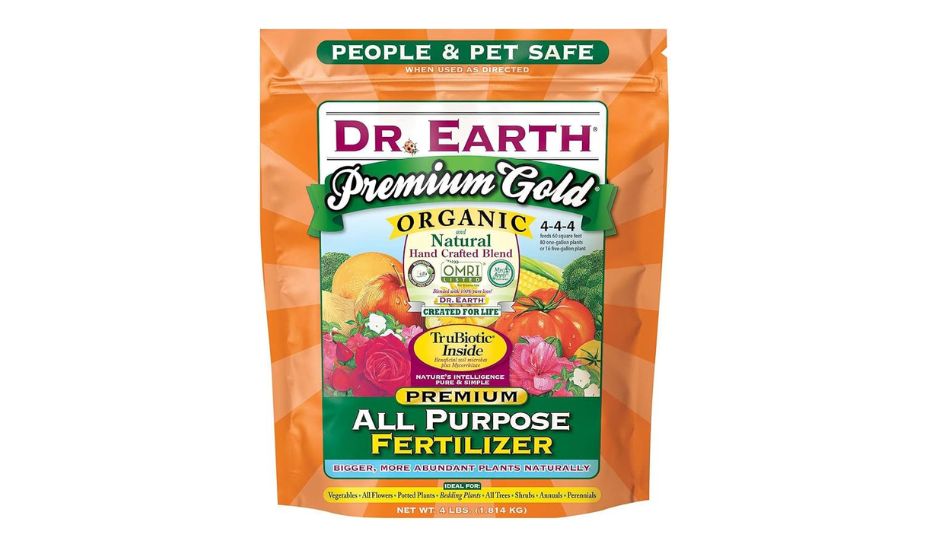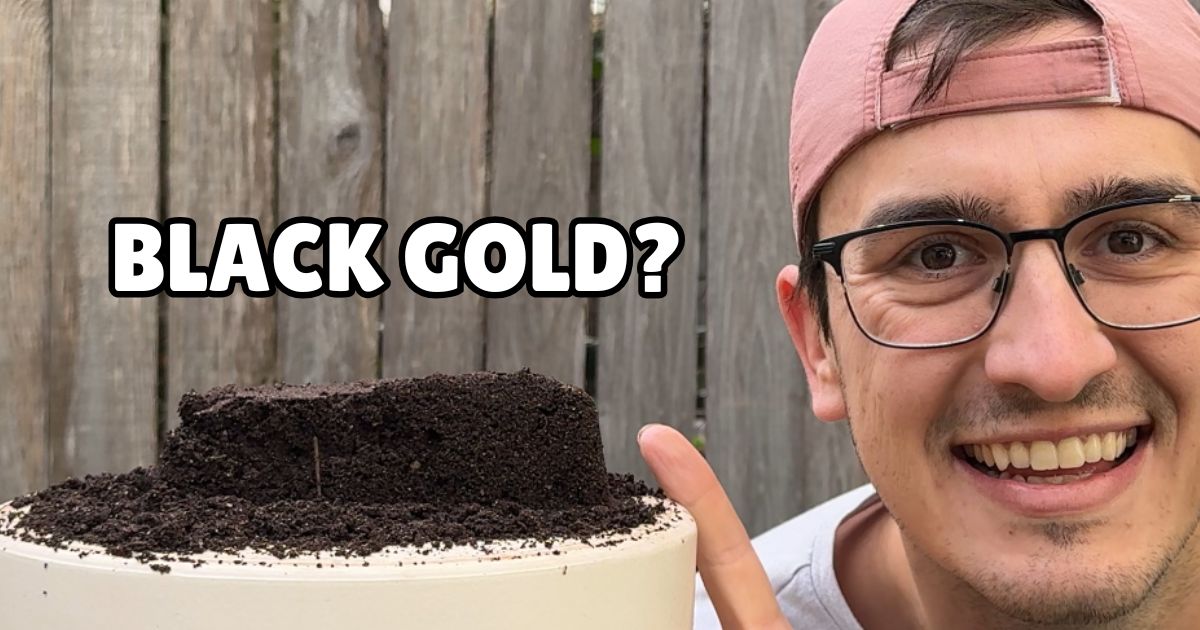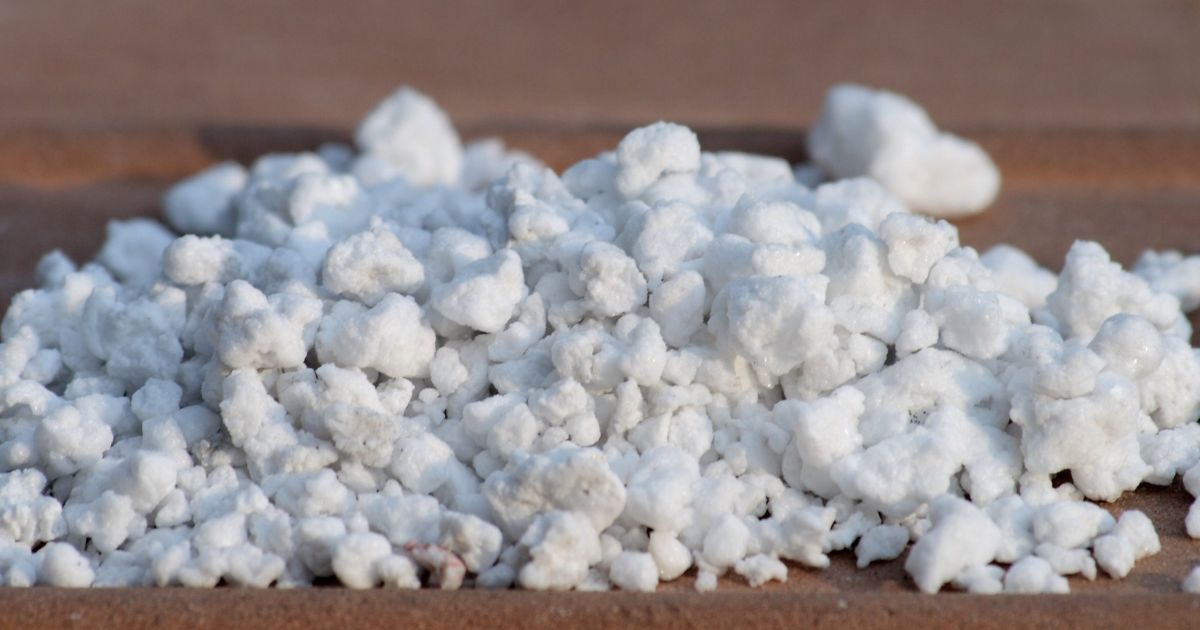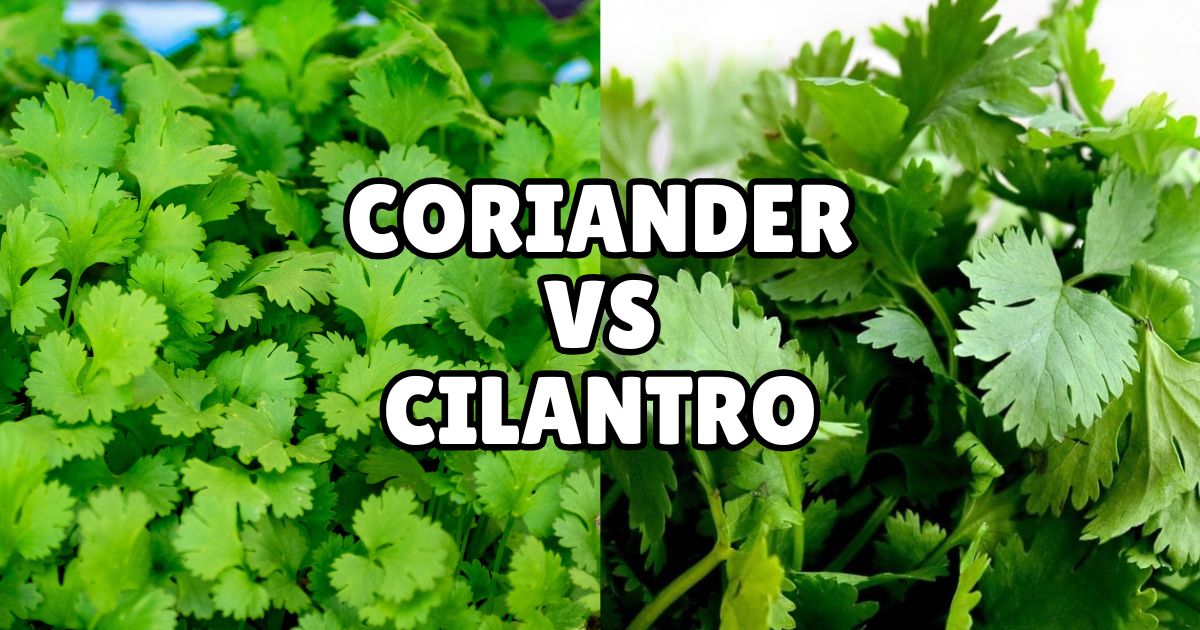
Top 5 Easiest Plants to Grow in Florida
Florida’s tropical and subtropical climate offers the perfect conditions for growing a wide range of plants. With its abundant sunshine, warm temperatures, and humidity, gardening in Florida can be both rewarding and easy—if you choose the right plants. Whether you’re a seasoned green thumb or a beginner gardener, here are the top five easiest plants to grow in the Sunshine State.
1. Tomatoes
Why They Thrive in Florida:
Tomatoes are a warm-season favorite that grow exceptionally well in Florida’s sunny and humid climate. With proper care, they’ll produce a bountiful harvest in no time.
Growing Tips:
- Varieties to Try: Everglades, Heatwave II, and Sweet 100 cherry tomatoes.
- Planting Time: Late winter (South Florida) or early spring (Central and North Florida).
- Light Needs: Full sun (6–8 hours daily).
- Soil: Well-draining, slightly acidic soil enriched with organic matter.
- Care: Water regularly, mulch to retain moisture, and provide support with cages or stakes.
Tomatoes are versatile, making them a staple in home gardens for fresh salads, sauces, and salsas.
2. Basil
Why They Thrive in Florida:
Basil is a heat-loving herb that grows year-round in Florida’s warm climate. Its fragrant leaves are perfect for culinary use, and it’s easy to care for.
Growing Tips:
- Varieties to Try: Sweet basil, Thai basil, and Lemon basil.
- Planting Time: Spring through fall.
- Light Needs: Full sun to partial shade.
- Soil: Well-draining soil enriched with compost.
- Care: Pinch off flowers to encourage leaf growth and harvest leaves regularly.
Basil pairs perfectly with tomatoes and is a must-have for your herb garden.
3. Sunflowers
Why They Thrive in Florida:
Sunflowers are heat-tolerant and grow rapidly in Florida’s sunny conditions. These cheerful flowers are low-maintenance and attract pollinators like bees and butterflies.
Growing Tips:
- Varieties to Try: Mammoth, Autumn Beauty, and Teddy Bear.
- Planting Time: Spring and summer.
- Light Needs: Full sun.
- Soil: Loamy, well-draining soil.
- Care: Water regularly during dry periods and provide support for taller varieties.
Sunflowers add vibrant color to any garden and can also provide edible seeds.
4. Okra
Why They Thrive in Florida:
Okra thrives in Florida’s hot and humid climate, making it a staple in Southern gardens. It’s a hardy vegetable that requires minimal care.
Growing Tips:
- Varieties to Try: Clemson Spineless and Emerald.
- Planting Time: Spring and summer.
- Light Needs: Full sun.
- Soil: Rich, well-draining soil.
- Care: Water consistently and harvest pods when they’re young and tender.
Okra is a versatile vegetable, great for frying, stewing, or pickling.
5. Plumbago
Why They Thrive in Florida:
Plumbago is a heat-loving, drought-tolerant shrub that produces clusters of stunning blue flowers. It’s perfect for Florida’s tropical conditions and adds beauty to any garden.
Growing Tips:
- Varieties to Try: Cape Plumbago and Imperial Blue.
- Planting Time: Year-round.
- Light Needs: Full sun to partial shade.
- Soil: Well-draining soil with minimal fertilization needs.
- Care: Prune lightly to maintain shape and encourage blooms.
Plumbago is a low-maintenance choice for borders, hedges, or container gardens.
General Gardening Tips for Florida
- Understand Your Growing Zone: Florida spans USDA zones 8–11, so choose plants suited to your specific area.
- Plant in Raised Beds: Raised beds improve drainage, which is essential in Florida’s rainy climate.
- Use Mulch: Mulching conserves moisture, reduces weeds, and protects plants during hot summers.
- Watch for Pests: Common pests like aphids, whiteflies, and caterpillars can be managed with organic methods.
- Water Wisely: Water plants early in the morning to prevent fungal diseases and minimize evaporation.
Conclusion
Gardening in Florida is a joy, thanks to its warm climate and ample sunshine. Tomatoes, basil, sunflowers, okra, and plumbago are among the easiest plants to grow in the state. These plants not only thrive with minimal care but also offer beautiful blooms or delicious harvests for your home.
By selecting the right plants and following basic gardening practices, you’ll be on your way to a thriving garden in no time. Happy gardening!



